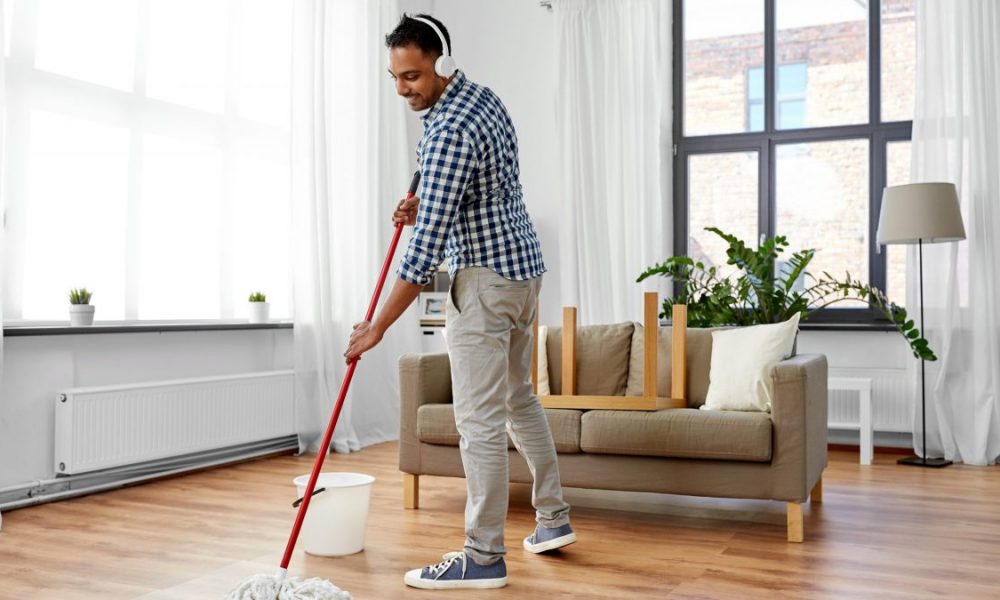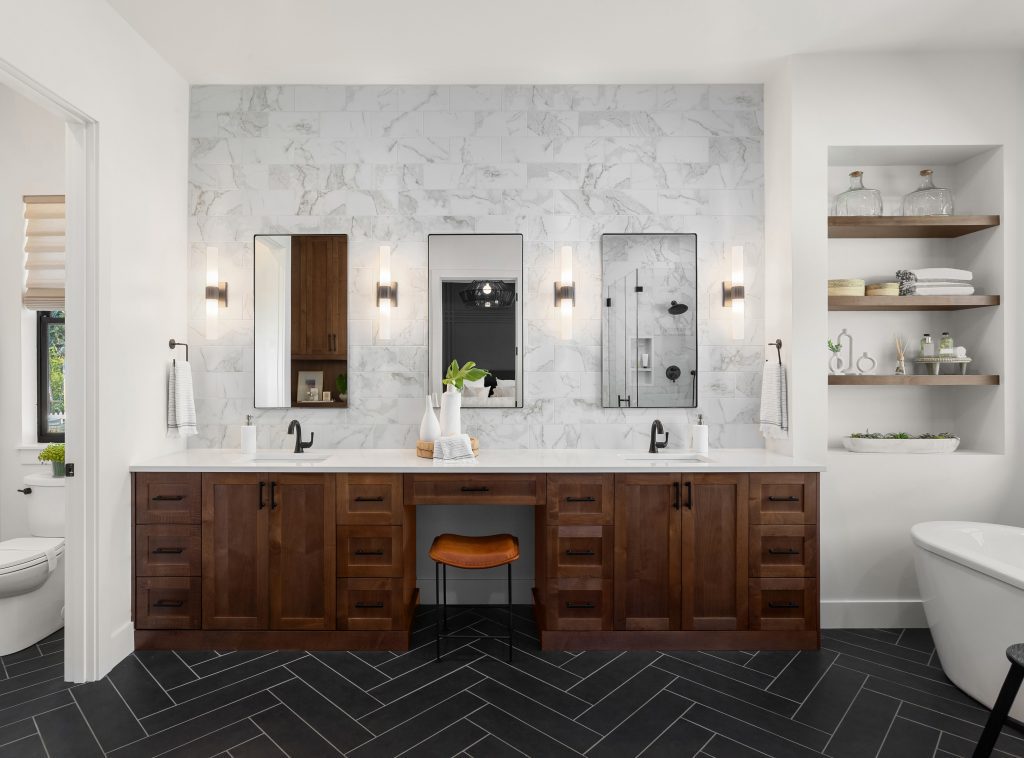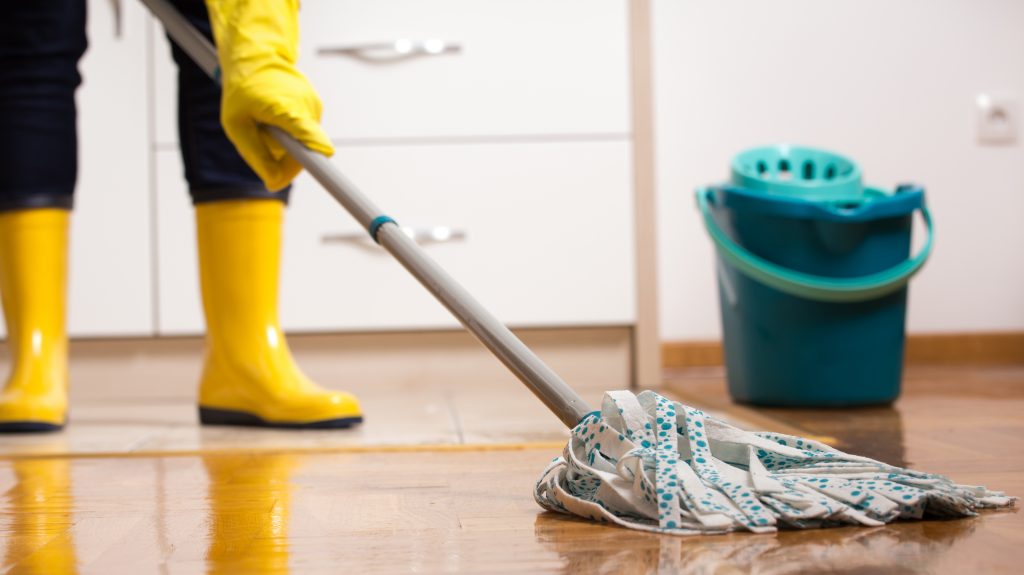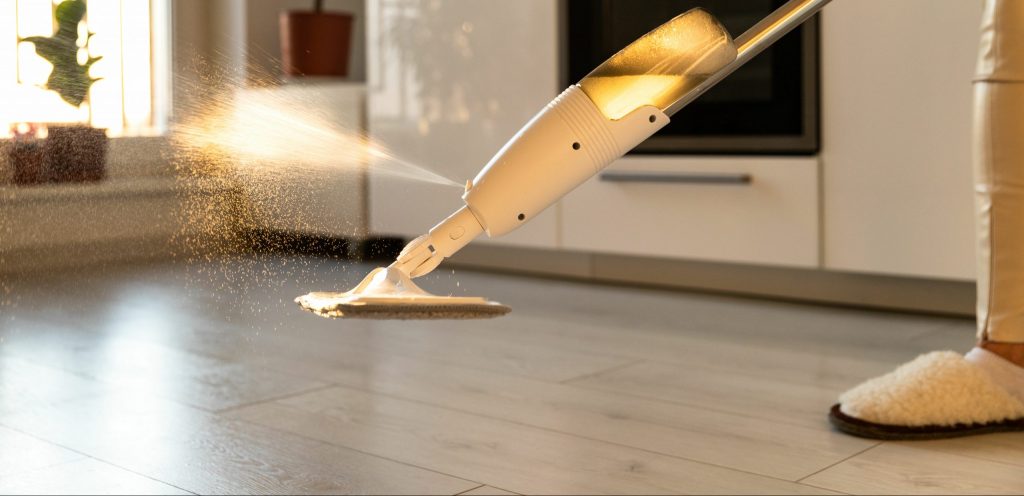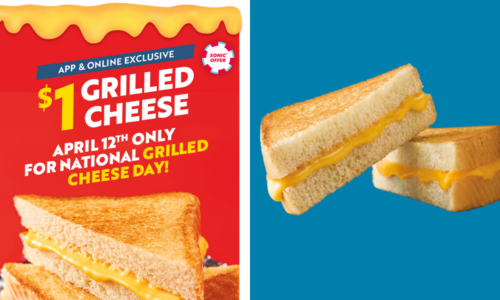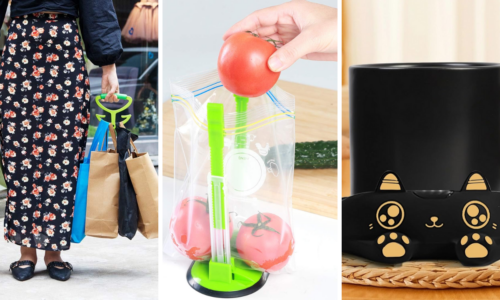Cleaning your floors takes time and can feel monotonous, but if you want a neat-looking home, this task is a must. Thankfully, newly designed mops have taken some of the drag out of this bit of housework that has plagued generations. Designed with efficiency in mind, these modern cleaning tools allow you to tackle large areas in less time.
From the best spray mop to traditional mops and buckets, how do you know what’s best to use and where? The good news is that it actually doesn’t matter all that much whether you have tile, laminate or wood floors. All mop styles can tackle dirty jobs. The best mop is one that works with your budget and can be easily stored.
Things To Consider When Buying a Mop
Mop categories can be broken down into several factors. The first thing to consider is whether you want a manual, electric or robot model. Manual mops are inexpensive and obviously won’t require batteries or need to be plugged in. Electric mops cost more but do most of the harder work for you. Robot mops, meanwhile, move on their own, letting you off the hook completely, save for some regular maintenance.
In addition to the type of mop, you’ll want to consider the longevity of the mop head, which can be either reusable or disposable. Microfiber heads are typically reusable and easy to toss in the wash. Disposable mop heads are a convenient time-saver but are less eco-friendly, and their replacement cost can also add up in a hurry.
Picking the Right Manual Mop
Traditional mops are also referred to as string mops and have heavy-duty, durable cotton fibers. They can mop up big messes, but you’ll need to purchase a wringing bucket if yours isn’t sold with one. This mop-bucket combo takes up the most amount of space of all the options.
Spray mops let you kick the bucket to the curb. The best spray mop will lay flat and will have a spray trigger right on the handle. If you are short on space, these are usually skinny and can fit pretty much anywhere.
Flat mops have a knack for getting into corners. Heads are typically rectangular or circular and very flat. They aren’t the greatest at removing tough stains, but they will tackle most daily grime in a heartbeat.
Sponge mops sport highly absorbent heads but you can wring out as much liquid as possible before you wipe, making floors dry faster. (These mops can also push dirty water into the grout, so keep a close eye on the grout as you go. These mops work really well but the sponge head can trap bacteria, causing odors if not dried out carefully.
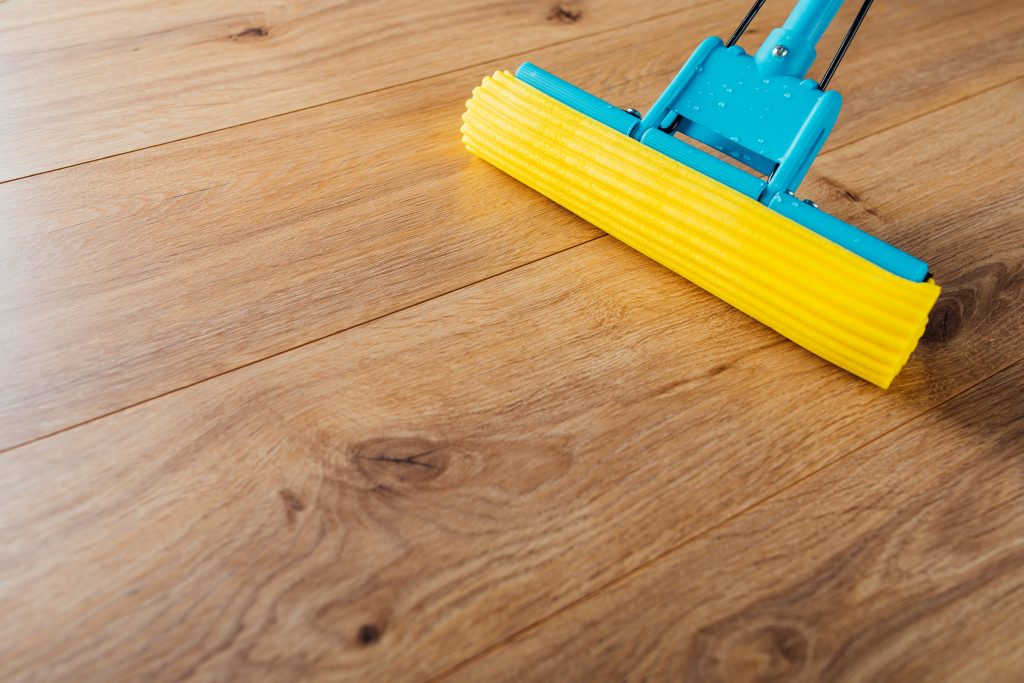
What To Use On Different Flooring Types
While any mop listed above will work on any type of floor, you may want to pay attention to which type of head your mop has and swap it out based on the surface you’re cleaning.
For instance, HGTV reports that microfiber heads work best on hardwood, especially when paired with a cleaning solution that was made for hardwood. Water can damage hardwood floors, regardless of whether they’ve been waxed or are unsealed. Be cautious of how much water or soapy liquid you put on wood floors while cleaning.
The network also recommends microfiber mop heads on laminate floors but with less cleaning solution — or none at all — as they can warp when they get too wet. Ceramic and tile floors, meanwhile, are a little tougher and can stand up to the wettest mops and the heat that comes from the best spray mops.
Other Mopping Tips
Also, if your floor still looks dirty after you’ve mopped, you might not be following the proper order:
- Clear the clutter.
- Sweep or vacuum.
- Use warm water.
- Wring out your mop.
- Change your water when it starts looking dirty.
Regardless of the type, floors should get a good wash every week or two. The frequency might change depending on how many people live at your home and how many four-legged friends are running around.
Experts suggest changing your mop head every third month or sooner if you notice wear and tear — like fraying or stains.
